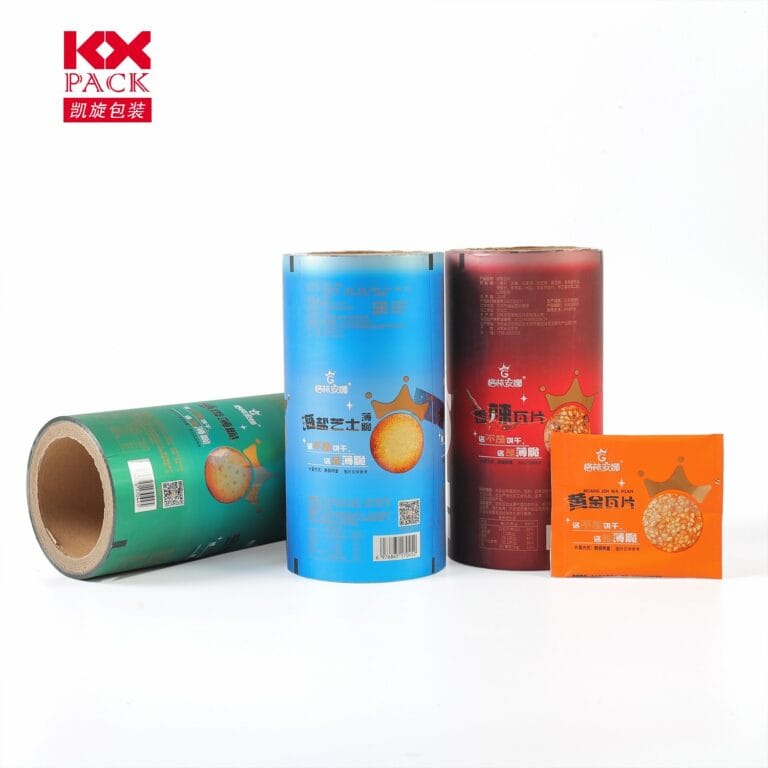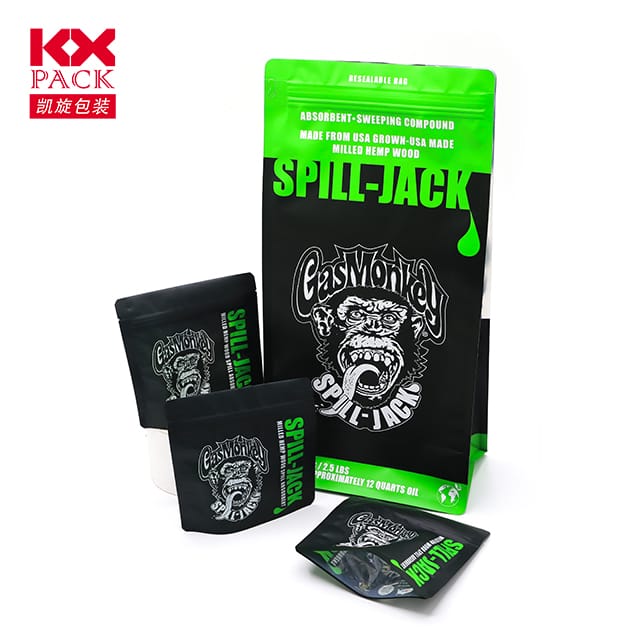厨房的无名英雄: 食品膜的科学与可持续性(2)
食品胶片包装
在每个厨房里, 大或小, 有一个沉默的监护人保持剩菜新鲜, 组织成分, 和饮食免受元素的影响: 食品胶片包装. 经常被视为平凡的家庭物品, 这个瘦, 弹力材料是工程的奇迹, 平衡实用性与环境挑战. 让我们揭开《食品胶片》背后的故事 - 它的用途, 创新, 朝着更绿色的未来迈进.
为什么食品胶卷很重要
食品胶片包装, 也称为保鲜膜或保鲜膜, 有原因是厨房必不可少的. 它是可拉伸性, 固定属性, 和防潮性 使其必不可少:
- 保留新鲜度: 通过形成气密屏障,以风味密封并防止变质.
- 防止交叉污染: 保持生肉, 蔬菜, 和在冰箱中分开的烘焙食品.
- 腌制 & 烹饪: 在腌制期间覆盖菜肴或在微波炉中保护食物.
- 组织: 包装小吃, 覆盖碗, 或捆绑野餐用具.
食品胶片包装的演变
现代食品胶片包裹距离谦虚的开端已经走了很长一段路. 早期版本很脆弱且难以处理, 但是进步聚合物技术 (像PVC, 低密度聚乙烯, 和PVDC) 将其变成弹力, 我们今天知道的透明奇迹.
- PVC (聚氯乙烯): 第一个广泛使用的保鲜膜, 以其清晰度和坚持而闻名,但由于含有邻苯二甲酸酯的增塑剂而批评.
- 低密度聚乙烯 (低密度聚乙烯): 更安全, 更灵活的替代方案, 虽然不那么粘.
- PVDC (聚偏二氯): 提供优质的水分和氧气屏障, 经常用于高级包装.
今天, 许多品牌将材料融合以平衡性能和安全性.
环境难题
这是捕获: 传统的食品膜包装是一次性塑料, 为全球污染危机做出贡献. 大多数包裹由于其薄和污染风险而不可回收, 最终进入垃圾填埋场或海洋.
但是行业正在发展. 制造商和消费者都在推动:
- 可生物降解的选项: 由植物材料制成的包裹 (像玉米淀粉一样) 分解速度更快.
- 可堆肥包裹: 经过认证,可以在工业堆肥设施中分解.
- 可重复使用的替代方案: 硅胶盖, 蜂蜡包裹, 和织物碗盖在塑料废物上的覆盖.
可持续的生态意识厨师
如果您准备抛弃传统的保鲜膜, 这是对星球友好的替代品:
- 蜂蜡包裹:
- 他们如何工作: 覆盖在蜂蜡中, 荷荷巴油, 和树脂, 他们塑造到容器和食物.
- 优点: 可重复使用长达一年, 可在寿命结束时堆肥.
- 缺点: 不适合热食或生肉.
- 硅胶盖/盖:
- 他们如何工作: 适合碗的弹力硅胶盖, 锅, 甚至裁切的农产品.
- 优点: 洗碗机安全, 耐热, 耐用.
- 缺点: 奇数物品的灵活性有限.
- 织物碗盖:
- 他们如何工作: 可重复使用的织物覆盖有弹性边缘, 通常衬有防水材料.
- 优点: 时髦的, 机器清洗, 和零浪费.
- 缺点: 可能不会像塑料那样密封.
- 玻璃或不锈钢容器:
- 他们如何工作: 密闭, 可重复使用的容器,完全消除了包裹的需求.
- 优点: 耐用的, 防漏, 并且环保.
- 缺点: 储存较重.
负责任地使用食品膜包装的提示
如果您还没有准备好完全使用保鲜膜, 这是如何最大程度地减少其影响的方法:
- 减少用法: 仅使用必要的东西 - 避免过度包裹.
- 重复使用废料: 小块可以覆盖小碗或包裹半切的农产品.
- 正确回收: 检查您当地的回收是否接受软塑料 (许多杂货店都提供收集垃圾箱).
- 选择生态品牌: 寻找标有“可生物降解”或“可堆肥”的包裹 (虽然验证认证).
食品电影包装的未来
下一个边界? 可食用的电影 由海藻制成, 牛奶蛋白, 甚至马铃薯淀粉. 这些创新有望零浪费,并可能彻底改变食品包装. 想象一下剥下包裹并吃掉它 - 或堆肥无罪!
结论
食品胶片包装是厨房MVP, 但是它的环境足迹需要重新考虑. 通过选择可持续的替代方案或精心使用保鲜膜, 我们可以保持食物新鲜和 我们的星球健康.
您最喜欢的食物存储解决方案是什么? 在评论中分享您减少塑料废物的提示! 🌱🍴
笔记: 始终检查产品标签以确保 (例如。, 微波安全包装) 和可持续性主张.







